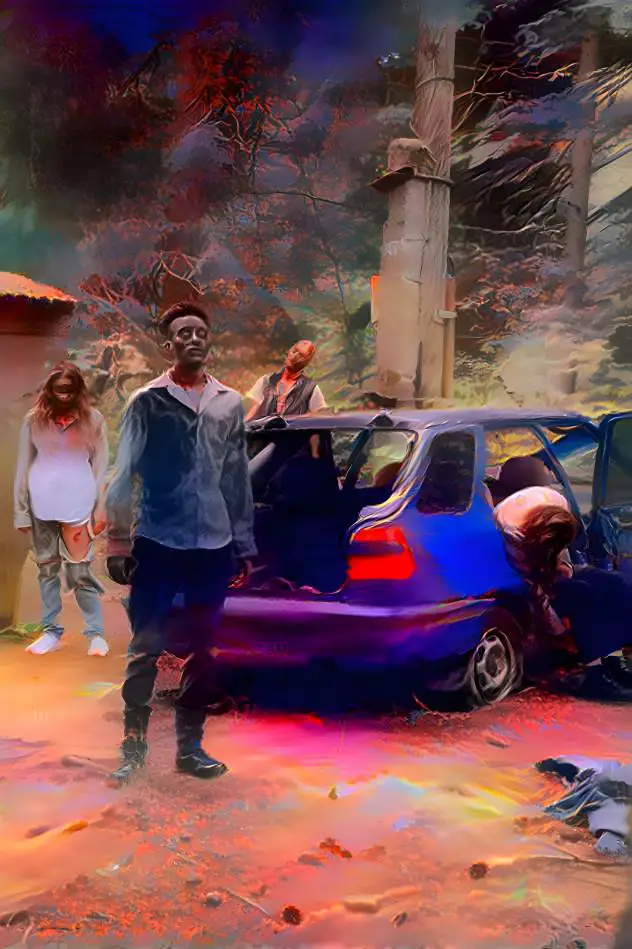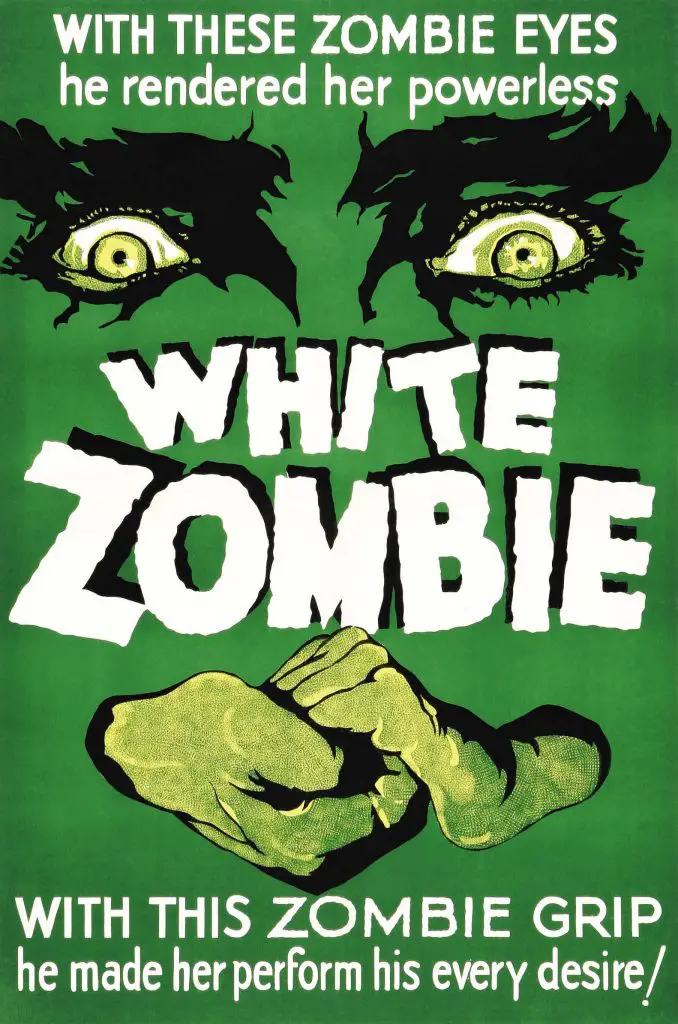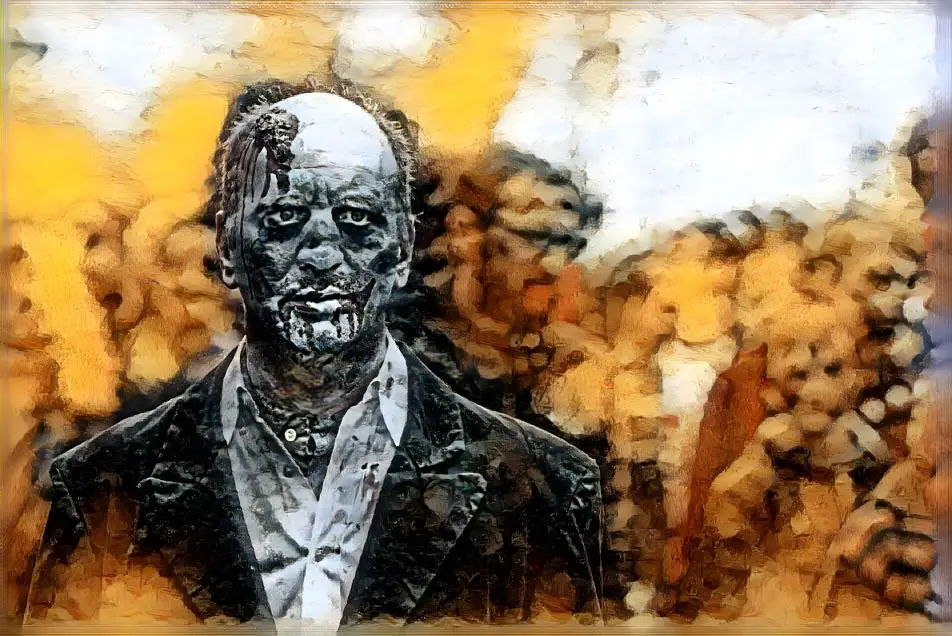Share the Lore!
By: Alex Postrado
How Haitian Slaves Became the Monsters of Their Own Fears
Let’s be honest.
When someone says zombies, we immediately think of those reanimated corpses from AMC’s The Walking Dead.
If not, perhaps it is the monsters from Night of the Living Dead, Train to Busan, or—if you’re more into music—maybe even Michael Jackson’s music video for his song, Thriller.
Zombies have undoubtedly taken over pop culture.
Even to the point where most of us right now probably don’t know where it originally came from.
Heavily appropriated and whitewashed—the forgotten origin of zombies now lies in wait for us to uncover.
A horror-movie staple that overran cinemas all over the world—would you believe that the roots of the zombie trope actually hold some of history’s darkest secrets?
And now seems like the right time to bring that story back to life.
The Lost Origin of Zombies
No. Zombies didn’t come from George Romero’s classic 1968 film Night of the Living Dead, unlike what some of us might think.
Sure, that movie paved the way for the present-day interpretations of the undead we now see on the big screens. But the lore of the zombies actually dates further back.
You see, unlike other monsters and supernatural entities—which are normally products of religion, beliefs, and age-old fears—zombies have a basis, existing right between the pages of our history.
The ancient Greeks were considered to be the first people to fear the undead.
Documents show that some of their previously unearthed graves contained skeletons, weighed down with rocks and other heavy materials—presumably to trap the bodies underground and prevent them from escaping.
While this seems to be the earliest record of mankind’s belief in reanimated corpses, this—ironically—didn’t sow the seeds of the zombie folklore.
We owe that to a place called Saint-Domingue, during the 17th and 18th centuries.
Saint-Domingue was a French colony in the West Indies from the years 1659 to 1804. Known today as Haiti, the country was once “France’s most prosperous New World possession”, exporting sugar and other commodities all over the world.
It would have been all well and good, except this was done by hauling African slaves to work on plantations. In just a matter of years, fifty percent of them were worked to death.
As bad as that sounds, that wasn’t even the worst that could happen.
For the African slaves, waking up every day to the brutal conditions of colonial Haiti was the pinnacle of horror.
And they saw death as “the only real escape” and the “way to return to Africa”.
But, according to beliefs in rural Haiti, people who died due to unnatural causes would “linger at their graves”. This would make them susceptible to being revived by Voodoo practitioners, known as Bokor—basically, signaling the start of the lore of zombies.

Reanimating the Dead
The English word “zombie” was first used in 1819, in the work of poet Robert Southey. Initially spelled without the letter “e”, it was speculated that the term was derived either from Mitsogo language “ndzumbi”—meaning, corpse—or Kongo language “nzambi”—meaning, the spirit of a dead person.
Either way, Haitian folklore eventually adapted the word “zombi” to describe the undead creatures, and the rest is history.
But if that’s how the modern term zombie came to life, how exactly did the corpses themselves rise back from the grave?
Well, necromancy was the key to that—at least, according to belief.
It was said that Bokors—which are Voodoo witches or sorcerers—would either perform hypnotism through black magic or concoct a potion to reanimate the dead.
These lifeless creatures will then serve as personal slaves to the Bokors, practically turning their worst nightmares into supernatural realities.
No identity. No free will. Condemned to a living death of eternal labor.
What Do Zombies Eat?
If there’s one thing we know about zombies, it’s certainly the fact that they are reanimated corpses with an overwhelming need to feed on human flesh—or in some cases, other living animals.
In recent depictions, however, zombies are quite known for their hunger for brains which started with a single 1985 movie, called Return of the Living Dead.
This concept has since been reintroduced in various films and TV shows—such as the 1992 “Treehouse of Terror” episode of The Simpsons. And now, it is generally accepted to say that zombies like to feed on brains.
As strange as it may seem, though, original Haitian zombies were not really recounted as the notorious brain-eating monsters they are known today. In fact, there are little to no records, showing that they even consume anything other than the whims of the Bokor.
As The Atlantic artfully puts it, the Haitian zombie “was a slave not to the flesh of others but to his own”.
Zombies and the Pop Culture Invasion
Zombie-centered films and literary works have been around long enough for us to memorize the cliché-ridden plotlines, playing out in several of them.
There are—of course—a number of notable entries to top the bad—such as Romero’s Of The Dead franchise, Edgar Wright’s Shaun of the Dead, Juan Carlos Fresnadillo, and Danny Boyle’s 28 Days Later, as well as the novel-turned-film World War Z.

But all of these depictions—be it cringy at worst or genius at best—only prove just how much zombies have enthralled modern pop culture.
And there’s actually a pretty solid reason for that.
Zombies mirror some of mankind’s deepest fears.
Back when African slaves were haunted by stories of reanimated corpses, they were not particularly afraid of the zombies. Rather, they were terrified of what it represents to them:
The anxieties of slavery and the thought that even in death, they will not be free.
When zombies took their first cinematic steps in the 1932 film, White Zombie—and yes, quite literally, the zombie in that film was white—the portrayed fear was not about slavery.
The U.S. occupation of Haiti was nearing its end back then, and the movie stoked point-blank America’s fear of voodooism—permanently mislabeling a traditional religion as an inherent seed of horror.
George A. Romero’s emblematic Night of the Living Dead was a satirical take on racial issues the masses were not yet ready to confront.

And now, in this pandemic-stricken world, zombies could stand-in for our fear of mass contagion. The idea of societal collapse, when hordes of the undead come to infect us, is something that we simply cannot handle.
The ability to creatively manifest some of our deepest fears is what makes zombies a central figure in modern pop culture.
Enduring hundreds of years—from its dark Haitian origins to present time horrors—one slow step at a time.
References:
Ancient Greek burials prepared for zombie uprising Saint-Domingue - French colony, West Indies Vodou - Haitian religion Why Is It That Zombies Eat Brains? The Tragic, Forgotten History of Zombies The Lingering Horror of ‘Night of the Living Dead’ How the zombie represents America’s deepest fears


“As The Atlantic artfully puts it, the Haitian zombie ‘was a slave not to the flesh of others but to his own’.” Artful is the only way to put it. Amazing piece!